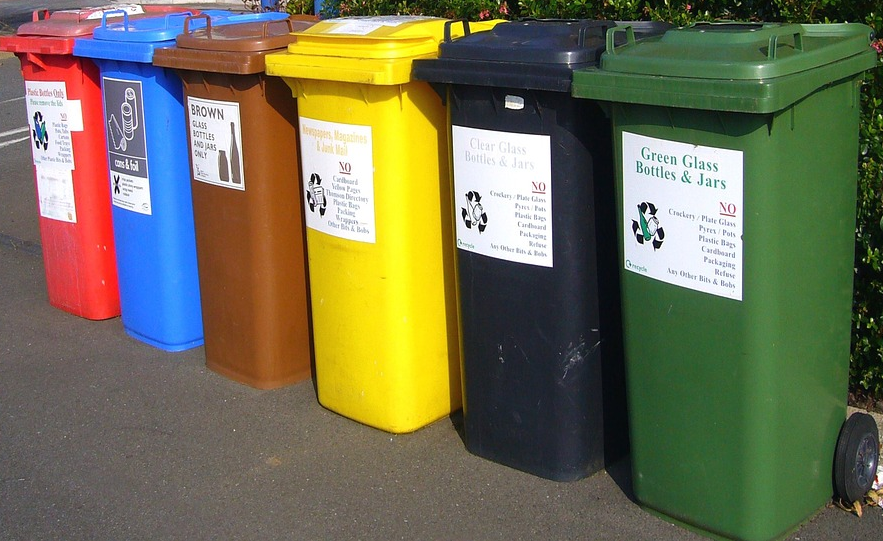Water has different boiling points at different elevations. At 0 m above sea level, the boiling point is $100^\circ$ C. At 2,500 m above sea level, the boiling point is 91.3$^\circ$ C. If we assume the boiling point of water is a linear function of elevation, we can use these two data points to calculate the slope of the line: $$m=\frac{91.3-100}{2,\!500-0}=\frac{\text-8.7}{2,\!500}$$
This slope means that for each increase of 2,500 m, the boiling point of water decreases by $8.7^\circ$ C. Next, we already know the $y$-intercept is $100^\circ$ C from the first point, so a linear equation representing the data is $$y=\frac{\text-8.7}{2,\!500}x+100$$
This equation is an example of a mathematical model. A mathematical model is a mathematical object like an equation, a function, or a geometric figure that we use to represent a real-life situation. Sometimes a situation can be modeled by a linear function. We have to use judgment about whether this is a reasonable thing to do based on the information we are given. We must also be aware that the model may make imprecise predictions, or may only be appropriate for certain ranges of values.
Testing our model for the boiling point of water, it accurately predicts that at an elevation of 1,000 m above sea level (when $x=1,\!000$), water will boil at $96.5^\circ$ C since $y=\frac{\text-8.7}{2,\!500}\boldcdot 1000+100=96.5$. For higher elevations, the model is not as accurate, but it is still close. At 5,000 m above sea level, it predicts $82.6^\circ$ C, which is $0.6^\circ$ C off the actual value of $83.2^\circ$ C. At 9,000 m above sea level, it predicts $68.7^\circ$ C, which is about $3^\circ$ C less than the actual value of $71.5^\circ$ C. The model continues to be less accurate at even higher elevations since the relationship between the boiling point of water and elevation isn’t linear, but for the elevations in which most people live, it’s pretty good.


